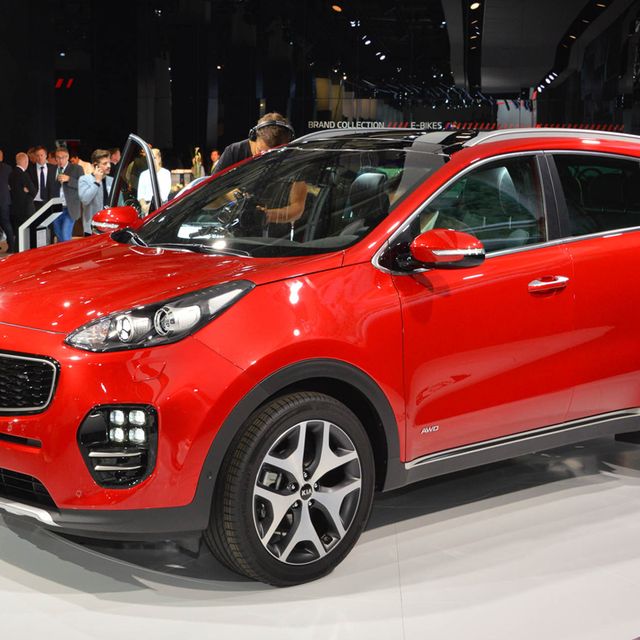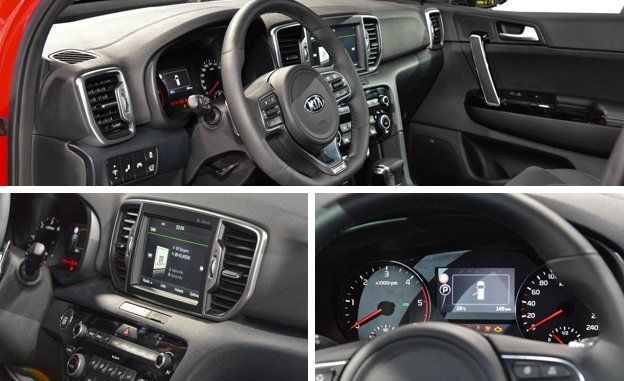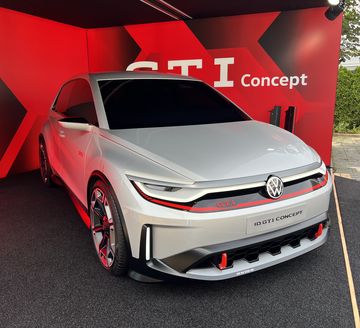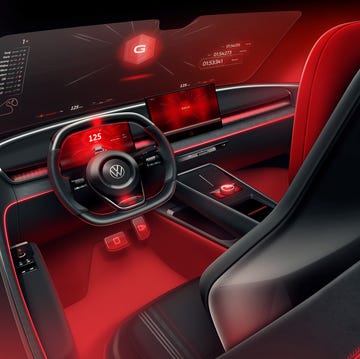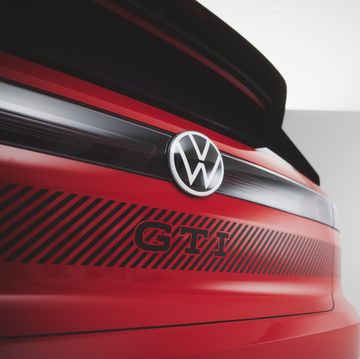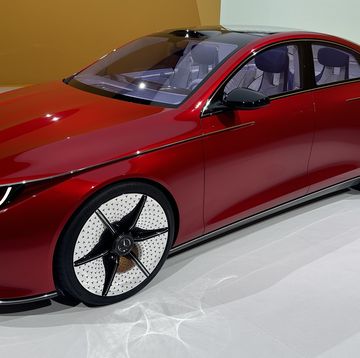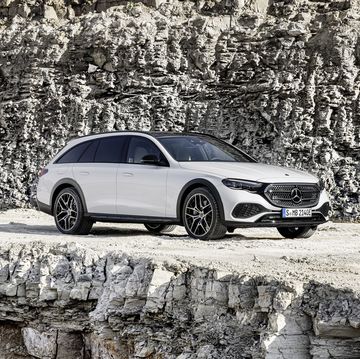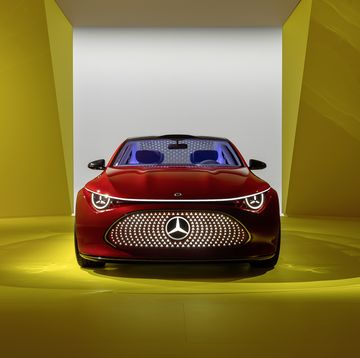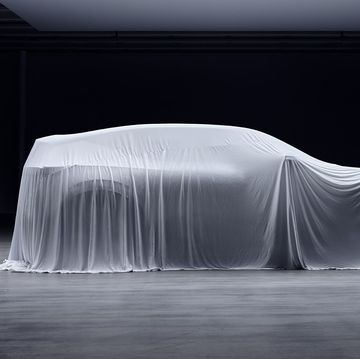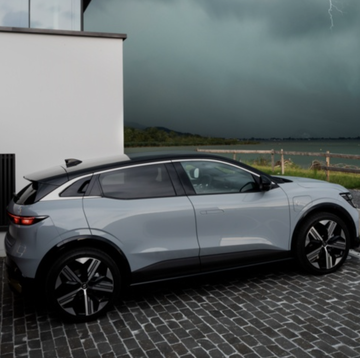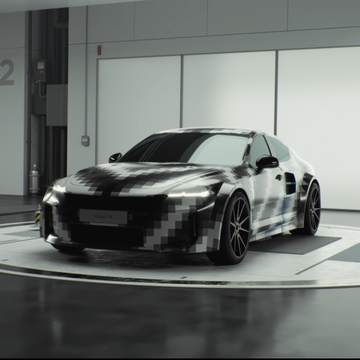Kia seems to be using the new Sportage’s debut at the Frankfurt auto show as an excuse to go all-in on German-style precision in empirically outlining what makes the redesigned model better. With a metaphorical T-square, Kia goes into meticulous detail about the next-generation Sportage, starting with its dimensional changes relative to the old model. The wheelbase stretches an additional 1.6 inches, but did you know that the C-pillars are 2.4 inches thinner? The rear overhang is reduced by 0.4 inch while 0.8 inch is added to the nose. But we imagine you’re far more interested in knowing that the panoramic sunroof is 4.1 inches longer than the outgoing aperture. Tell all your friends, you’re sure to be a hit at parties.
We Apologize for the Imprecise Spacing Between These Paragraphs
For all that precision, final U.S.-specific Sportage engine and styling details are not yet available, as the vehicle is only just making its debut for the European market. Overseas, the crossover will be available with a 130-hp 1.6-liter four-cylinder, a 175-hp 1.6-liter turbocharged four, or a trio of diesels ranging from 1.7 to 2.0 liters and 114 to 182 horsepower. Here, we expect the turbocharged 1.6-liter four to be the Kia’s base engine, with perhaps a turbocharged 2.0-liter gas engine filling the engine bay of the sportiest SX trim level. The outgoing Sportage comes with a 180-hp naturally aspirated 2.4-liter four and a 260-hp 2.0-liter turbo four on the SX model.
Kia probably wouldn’t say it, but the 1.6-liter turbo engine is more or less the same piece under the 2016 Hyundai Tucson’s hood, right down to its output specs. Also cribbed from the Tucson is the Sportage’s newly available seven-speed dual-clutch automatic transmission, which comes paired with the 1.6 turbo in the Hyundai. Were Kia to repeat the same engine strategy for the new Sportage as it employed on the old one and add a turbocharged 2.0-liter four to the mix, we anticipate the bigger engine would be paired with a regular six-speed automatic. (Indeed, the 2.0T engine in the Kia Optima forgoes a dual-clutch in favor of a traditional torque-converter automatic.) Front- and all-wheel-drive versions of the Sportage will be available, but the stick-shift option for Europe is likely to stay there.
The outgoing Sportage was reasonably fun to drive, and the new one should improve on the experience with the incorporation of a multilink independent rear suspension on all models. Torsional rigidity is up by 39 percent, and a stiffer body makes for a better base for the suspension to do its stuff. Finally, Kia moved the electric power-steering motor from the column to the steering rack itself, a move that generally rewards with greater precision and feel.
Pretty Fly for a Euro Guy
Moving from the technical to the subjective realm brings us to the new Sportage’s styling, which was penned largely in Germany but also incorporates input from Kia’s studios in Korea and the U.S. Overall, the design is fresh and expensive-looking; the only questionable bits are the headlights and grille. Viewed alone, the swept-back headlights are sleek and sporty, the Kia-signature “tiger-nose” grille powerful and handsome; but the way they’re arranged together, with the lights sitting higher than the grille and sort of on top of the fenders, gives us pause.
The charitable might say the front end resembles that of the Alfa Romeo 4C. The less charitable might question the design’s effectiveness on a tall crossover. The appearance strikes us as vaguely French and reminiscent of recent Peugeot products. Happily, you can’t see a car’s face from behind the wheel. Instead, what you will see is the Sportage’s improved interior, which gains more mature detailing and soft-touch surfaces. The instrument panel is canted 10 degrees toward the driver, with large, logically arrayed hard buttons supplementing either a 7.0- or 8.0-inch touch screen.
Naturally, Kia’s Frankfurt show press release is teeming with interior measurements that tell exactly how much larger the new model is than the outgoing Sportage. The cargo floor is 1.6 inches lower with no change to the vehicle’s ground clearance, headroom is up 0.2 inch in front and 0.6 inch in back. Front legroom increases by a very specific 0.75 inch to 44.4 inches, while rear legroom swells by 0.3 inch to 38.2 inches. There is more safety equipment than before, too, with available automatic emergency braking, lane-departure warning, lane-keeping assist, automatic high beams, blind-spot monitoring, and rear cross-traffic alert. Stay tuned for U.S.-specific details and pricing, which should become available in the coming months.

